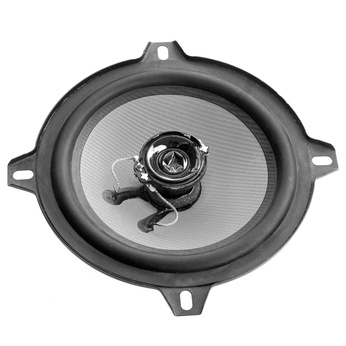
Capacitors are used to help power amplifiers, which supply power to speakers. Typically, capacitors are used with high-power installations where the car's battery cannot supply enough power to the amp. The capacitor stores power during normal use then delivers extra power as needed when the amplifier demands it. Without the capacitor the car's battery would be drained during high-performance playing. Capacitors are fairly easy to install and relatively cheap when compared to amplifiers.
Select an appropriate capacitor. The storage capacity of power is measured in farads; the more farads the more storage capacity. Always make sure the capacity has at least .5 farads for every 500 watts of RMS power. For example, a 1000-watt RMS amp would require at least a 1-farad capacitor. However, a larger than necessary capacitor is always compatible.
Mount the capacitor as close to the amplifier as possible. This will ensure more instantaneous and efficient power delivery. Select an appropriate gauge power wire. Consult the amplifier and capacitor's owner's manual for the best gauge.
Connect a power wire to the +12 V power terminal on the amplifier. Connect the other end of this wire to the + positive terminal on the capacitor. Connect another power wire to the negative power terminal on the amplifier. Connect the other end of this wire to the negative terminal on the capacitor.
Connect two power wires to the capacitor; one to the positive terminal and one to the negative terminal. Run these cables to the car's battery. Connect the negative wire to the battery's ground, and connect the positive wire to the battery's positive terminal.
Start the car and turn down the volume on the radio until its silent. Drive the car around for around 10 minutes. This will allow enough time for the capacitor to charge up. Once the capacitor has been charged, turn up the volume and test the system.